This is a linguine pasta recipe that has been infused with veggies and tastes so amazing that you won’t even realize how many servings of vegetables you have had all at once because of how good it becomes so popular with a vegetarian.
There is almost one and a half pounds worth of vegetables packed into this plant-based spaghetti recipe. Because of this pasta’s delightful flavor, we are able to consume it on a daily basis without becoming tired of the dish’s flavor.
The vegetables that you use in this vegetarian spaghetti meal are entirely up to you and depend on what you have available in the kitchen at the time.
It is my opinion that this is the most efficient way to clean out the crisper drawer of the refrigerator and recover any vegetables that may have been forgotten about.

You may simply switch up the pasta in this recipe by exchanging the spaghetti for any of the several other sizes, shapes, and varieties of pasta that are available.
However, pasta is not your only choice of food. It makes no difference whether you use gluten-free or whole wheat pasta; the results are the same.
The fact that this flavorful alternative to spaghetti was prepared entirely from scratch is, in my view, the most outstanding feature of the meal.
If you’re managing your carbohydrate consumption, these zucchini noodles are a fantastic alternative to the classic spaghetti that you may use instead.
In place of traditional wheat spaghetti, “zoodles” made from spiralized zucchini were used. Watch this video to learn how to use a spiralizer, or if you don’t have one, a vegetable peeler or a mandolin will work just as well.
You may make this dish using gluten-free pasta or whole-wheat pasta, but the option is yours when it comes to spaghetti. Among the many types of vegetables, roasted red peppers, greens, corn, peas, and cabbage are among our favorites.
You are free to use whichever types of vegetables you prefer. You are welcome to use whichever vegetable you choose in its place. Utilize any of the veggies that you would like. We are grateful for both your patience and your insights.
You are free to use whichever types of vegetables you prefer. When someone has left that place, they are free to travel any of the planned routes that they have set up for themselves and may do so at their own discretion.
Utilizing ingredients like onion, garlic, and tomato paste makes the preparation of a flavorful sauce a breeze.
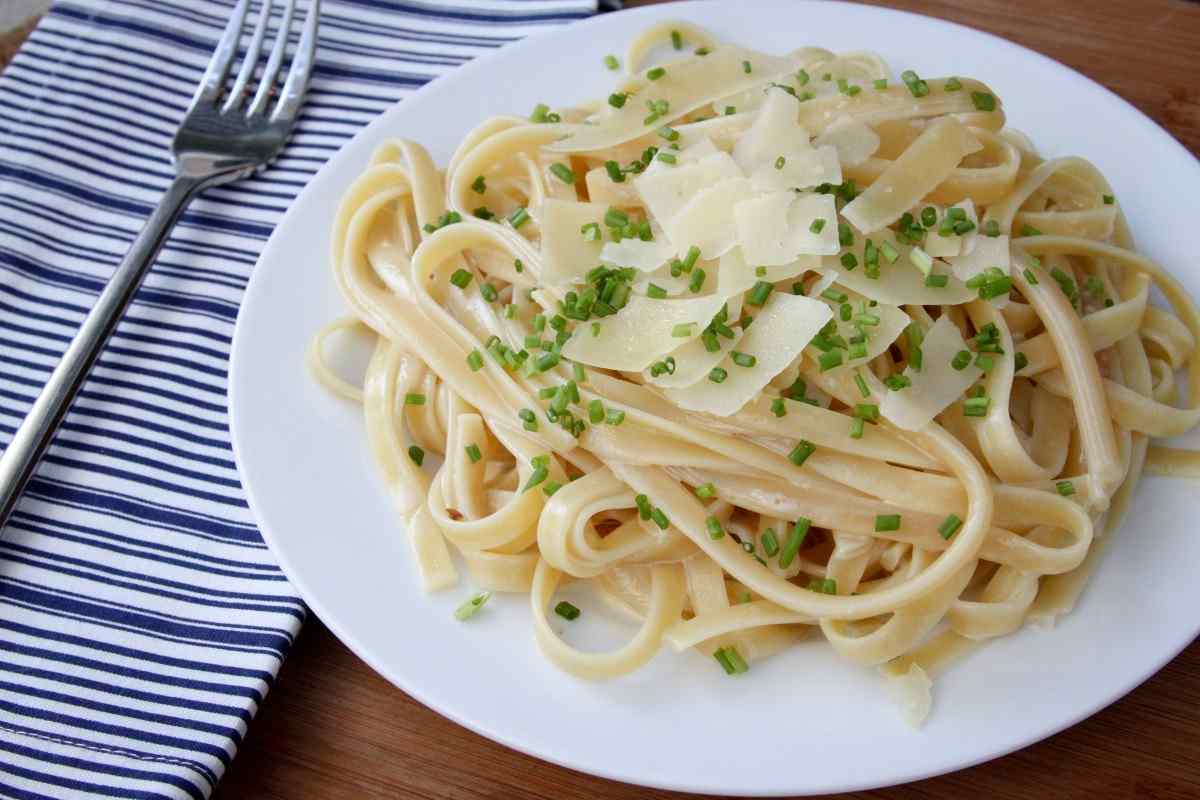
You may cook this dish using chopped tomatoes if you want, but we prefer using whole tomatoes since the final product will be heartier and have more texture from the whole tomatoes.
You may certainly use tomatoes in their whole form, but you can also use tomatoes that have been sliced.
As soon as we put them in the pan, we use a spoon to split them up into manageable bits so that they don’t stick together. Because of this, when the pasta balls are put into the sauce, they completely absorb it and break apart into the sauce.
To get a taste profile that is comparable, you may try using tomatoes that have been softened by being simmered in water. Before peeling, tomatoes have to go through a cooking process in water first.
When we can get our hands on some fresh basil, we always make sure to include some of it in our meals, using it in place of both an herb and a spice. Utilizing a large diversity of plant species may achieve the same results (parsley and mint taste different, but are great).
In order to enhance the taste of the sauce, just before serving it, we seasoned it with more crushed red pepper and dry oregano. As a result, the situation significantly improved.
It is up to you whether or not you want to give the vegetarian spaghetti a little kick by adding some powdered mushrooms, but if you do, the meal will have a much stronger taste and will stick out from the crowd more.
It is not a secret at all that this ingredient is our not-so-secret weapon in the manufacturing of vegetarian foods, as it provides a savory and umami flavor to the sauces that we use.
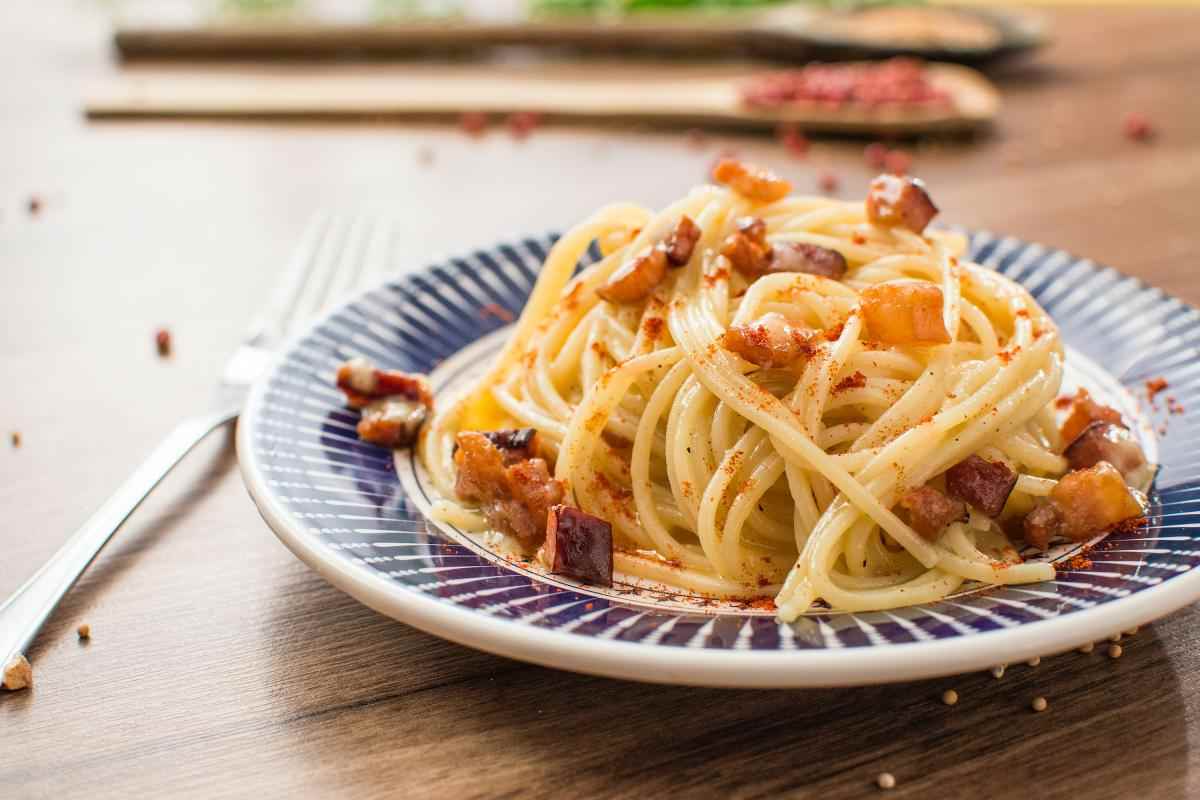
However, it is no secret that this item is our not-so-secret weapon in the manufacture of vegetarian dishes. You have the option of putting the components together yourself or purchasing a kit that has already been assembled by a professional. Both may be bought at this very moment.
Additionally, Trader Joe’s has begun selling items that were previously only available under their own private label. In the next part, I will provide some further suggestions for several other courses of action.
Even if you may be able to throw this spaghetti and vegetable meal together in a reasonable amount of time, the most important thing to think about is how much extra time you really have.
Simply sauté the onions in olive oil over medium heat in a skillet to make them easier to work with. Onions will become more pliable. The meal is now ready to be served after the tomato paste, additional spices, and minced garlic have been combined with the rest of the ingredients.
Fry your vegetables until they reach the level of doneness you choose for the best possible outcome. Before adding the crushed tomatoes, the contents of a whole can of tomatoes should be broken up with a spoon and included in the mixture.
The thickness of the sauce has to be properly adjusted to get the desired consistency. After the spice has been mixed in, the sauce has to be brought to a boil, and then it should be lowered to a simmer for ten to fifteen minutes, or until it has shrunk in size.
While the sauce is becoming warmer, start preparing the noodles by following the instructions on the package. After placing some sauce in the bottom of the bowl, the pasta is layered on top of the sauce in the bowl until it is as high as possible.
Nutritional yeast may be used in lieu of parmesan cheese as a topping for spaghetti for vegetarians. It is my recommendation that you sprinkle the spaghetti with grated parmesan cheese if you do not adhere to a vegetarian diet.
Even if you don’t follow a vegetarian diet, you could consider giving nutritional yeast-topped spaghetti a try.
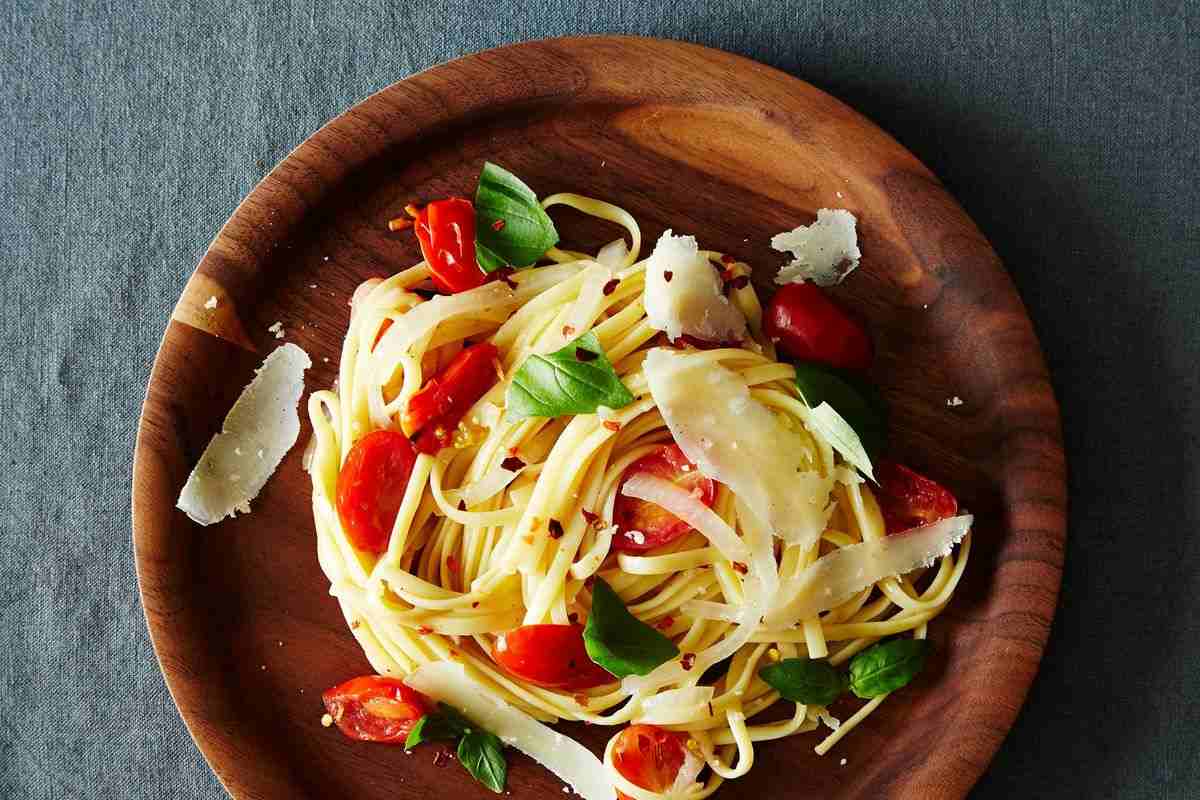
Linguine Pasta Recipe Vegetarian
A vegetarian recipe with spring vegetables for linguine pasta and leeks, asparagus, and peas topped with herb breadcrumbs and served in a lemon sauce. In addition to being delicious, uncomplicated, and free of gluten, it may be ready to eat in less than twenty-five minutes.
The following are some of the reasons why this meal is so tasty: This spring veggie spaghetti takes less than half an hour to prepare and requires very little in the way of actual labor, despite its sophisticated look.
Leeks, peas, asparagus, mushrooms, dill, oregano, and garlic are just some of the usual spring vegetables and herbs that are featured in this recipe. After getting a CSA share, you may make an excellent dinner using the ingredients.
This spring vegetable pasta is not lacking in flavor owing to its use of a range of fresh, in-season veggies and a tangy, tangy, creamy white lemon sauce.
These two elements combine to create a dish that is not only flavorful but also packed with flavor. Because the recipe can be readily prepared using gluten-free spaghetti, it is appropriate for vegetarians as well as anybody trying to avoid gluten.
This is excellent for people who must adhere to a broad range of dietary restrictions!
The following essential components are required to make this pasta dish with spring greens: leeks, of which only the white and light green sections are used in the meal; unfortunately, the dark green component is not suitable for use with spaghetti since it is too tough and has a little bitter taste.
However, you are free to keep it and use it to make your own vegetable broth. Peas: At this time of year, fresh peas that have been shelled should be available at most grocery stores.
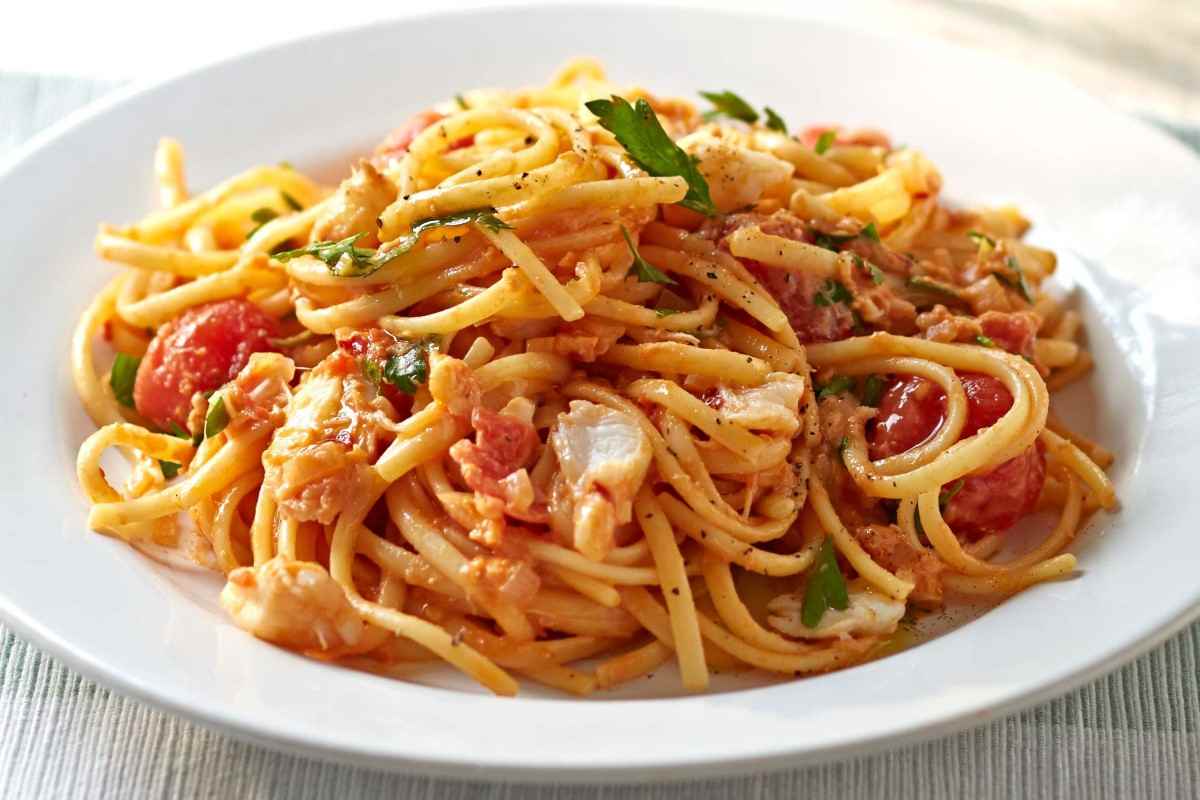
However, if you are unable to find fresh peas, frozen peas will work just as well. (Or, if you’re feeling very daring, you may shell the peas on your own.)
This meal makes use of shiitake mushrooms, which have a meatier flavor and a deeper texture than regular button mushrooms. There are many different substances that may be substituted for one another.
Wormwood and wild mushrooms are only two instances of this. In order to properly prepare asparagus, the light-colored, woody stem has to have approximately an inch trimmed off of it before cooking can begin. You are looking for a hue that is light forest green.
We often choose linguine and fettuccine as our go-to kinds of pasta since these forms absorb the sauce the best. However, other shapes like farfalle are fine alternatives. In this particular instance, eliminating gluten was successful.
Please do not use any dried herbs; fresh dill and oregano are very necessary for the flavor of this meal. If you are forced to use it in its dried form, mix together one teaspoon of dill with one teaspoon of oregano.
Specifically broken down procedures the first thing that has to be done is to prepare the pasta by boiling 6 ounces of it in salted water in accordance with the instructions on the box. In most circumstances, we will make use of a teaspoon to add salt to the water in which the pasta will be cooked.
The best way to season pasta, despite the fact that much of the seasoning will be lost in the boiling water, is to use a large number of fresh herbs. To make the vegan butter, melt 1 and a half tablespoons in a big skillet that has been preheated on the burner.
While continuing to stir the mixture often for the following five minutes, add two cups of finely chopped leeks.
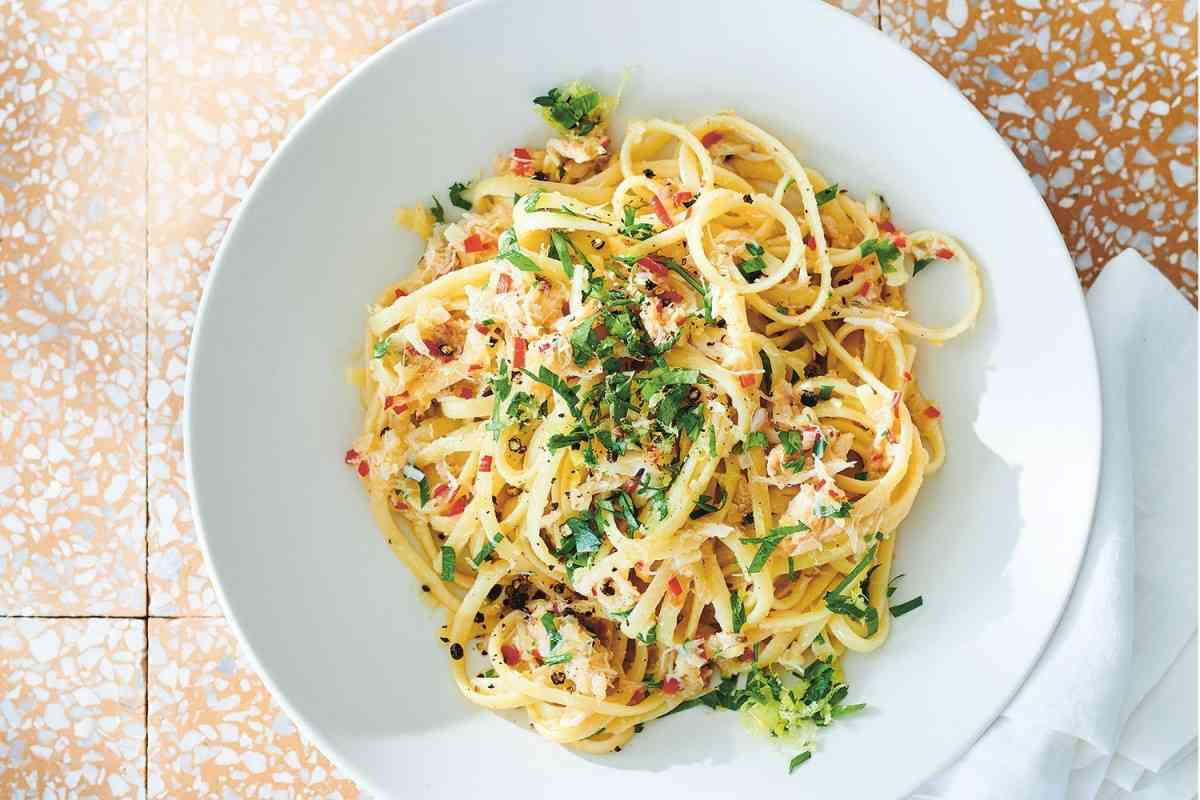
The dish needs an extra minute of cooking time with the addition of two minced garlic cloves. Throw in around six ounces of sliced mushrooms during the final minute or two of the cooking process.
After adding the two cups of asparagus, one cup of peas, one and a half tablespoons each of dill and oregano, two teaspoons of lemon zest, and a half teaspoon of salt, continue to cook the mixture for an additional five to six minutes.
In a mixing bowl, combine the remaining half of a teaspoon of salt, fourteen teaspoons of red pepper, two teaspoons of lemon juice, twelve tablespoons of butter, and a half cup of broth. Keeping it on the burner for another 6–8 minutes will allow the sauce to thicken even more.
In a small dish, combine one teaspoon and a half of melted butter, one and a half teaspoons of chopped parsley, and one-third of a cup of breadcrumbs. It is important to make sure that the pasta, sauce, and vegetables are well combined before adding the pasta.
This will guarantee that the pasta is equally covered. Before serving, dust with pine nuts and breadcrumbs. Topping with Buttery and Crunchy Bread Crumbs: Although this topping is not required, it is highly recommended!
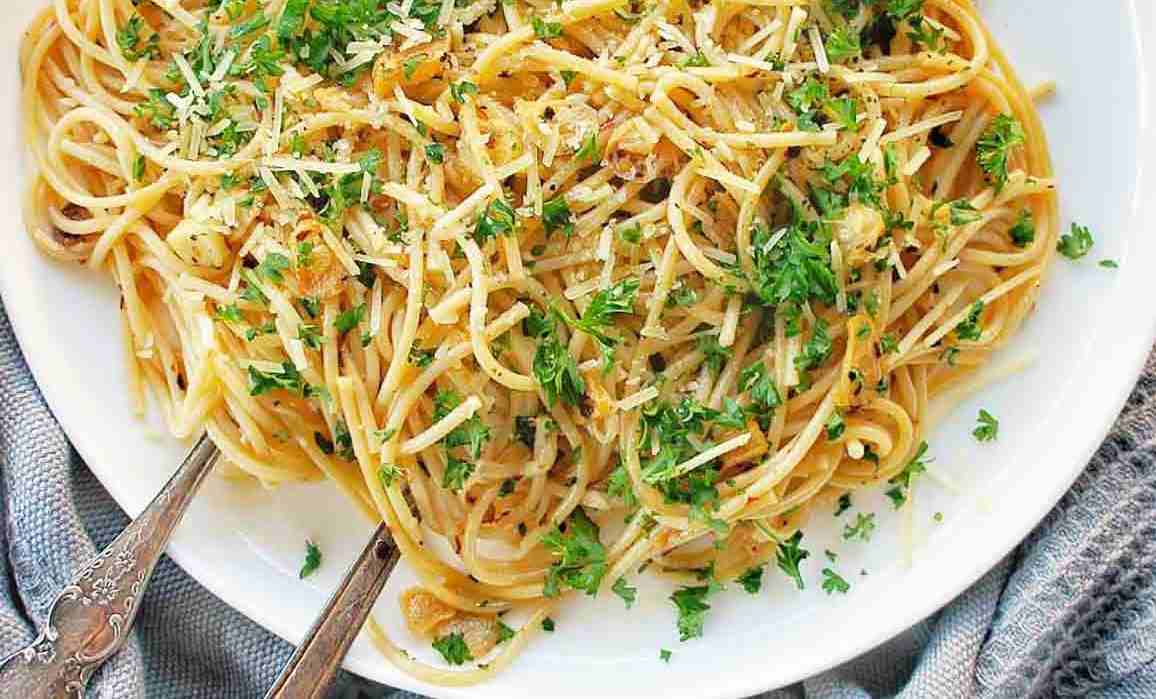
This spaghetti recipe, which is constructed with spring veggies, is enhanced tremendously by the addition of this topping. Alternately, you might toast the breadcrumbs in a pan over low heat until they get a golden brown color.
This is a great variation. The meal is improved by the addition of more flavor, yet it would still be great even without it.
If you choose, you may serve this spaghetti with more fresh vegetables on the side, such as broccoli, zucchini, and sweet corn.
In addition, the addition of some kale or spinach would be a welcome touch. Fresher herbs, such as basil or tarragon, might perhaps be used in their place or added in addition.
The refrigerator is the best place to store leftovers since it allows them to remain edible for up to four hours after being removed from the oven. In order to heat anything in the microwave, heat it for intervals of 45 to 60 seconds while stirring it well between cycles.

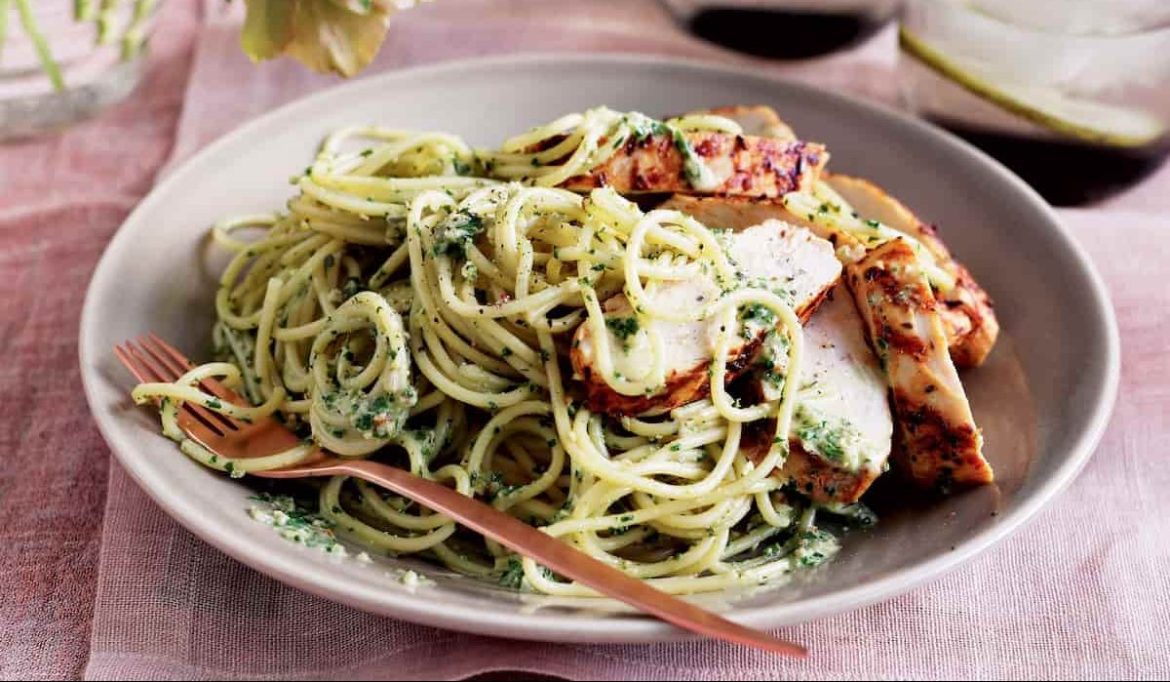
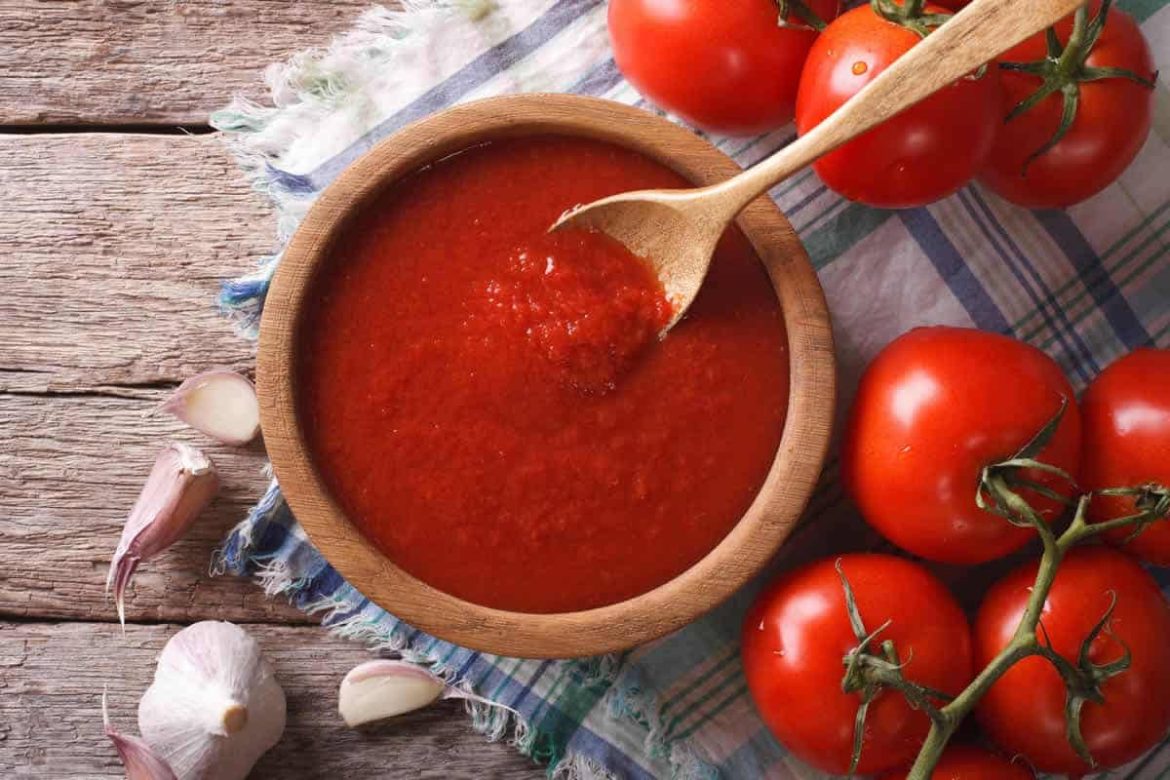
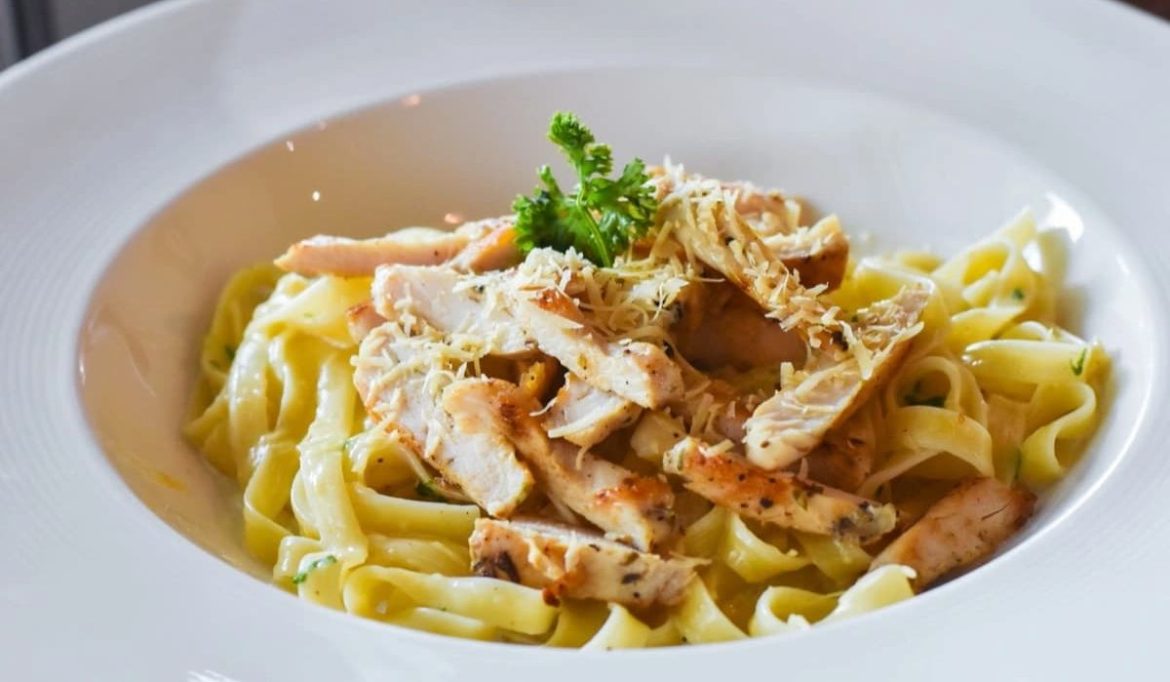
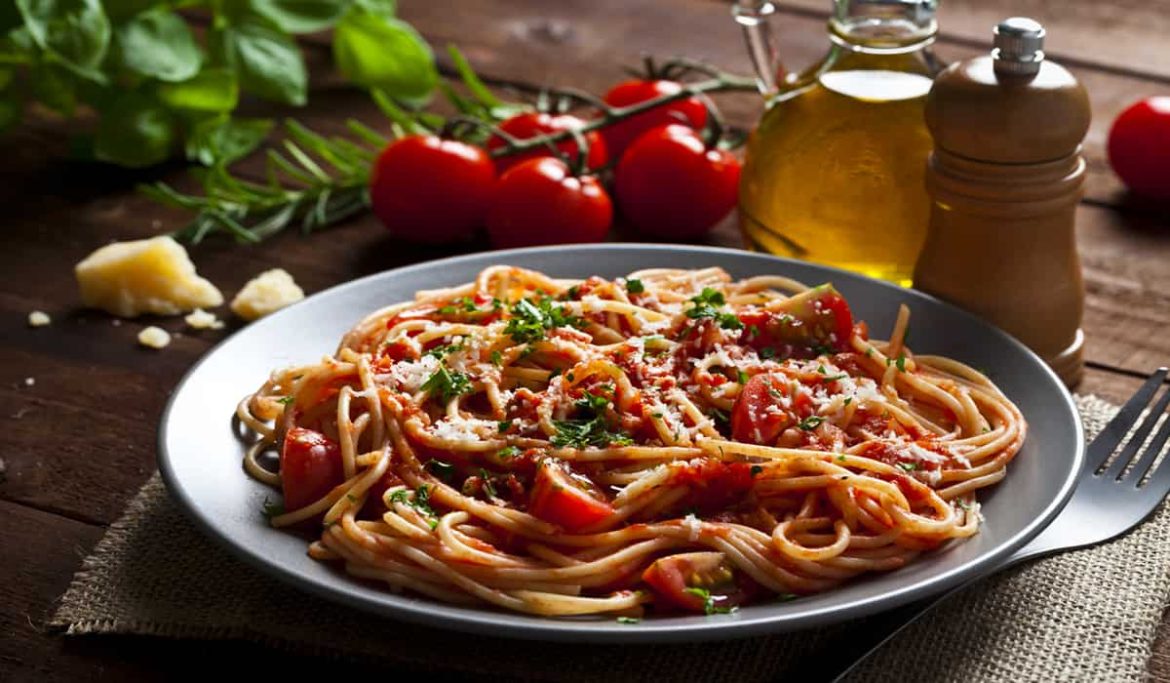
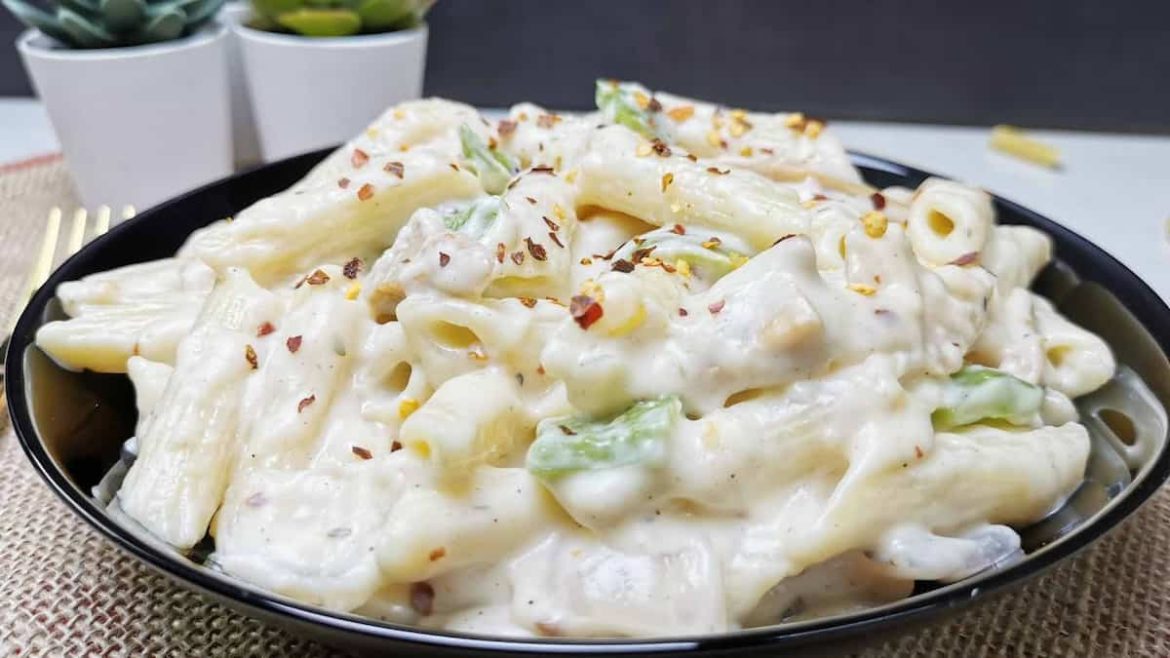
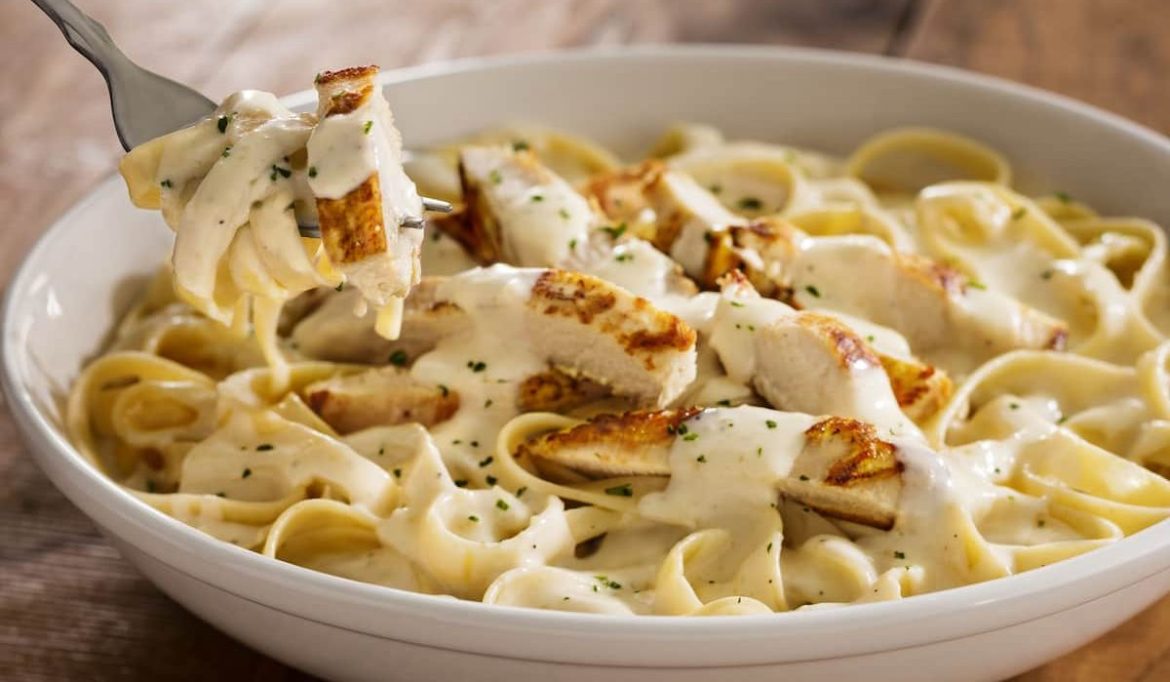
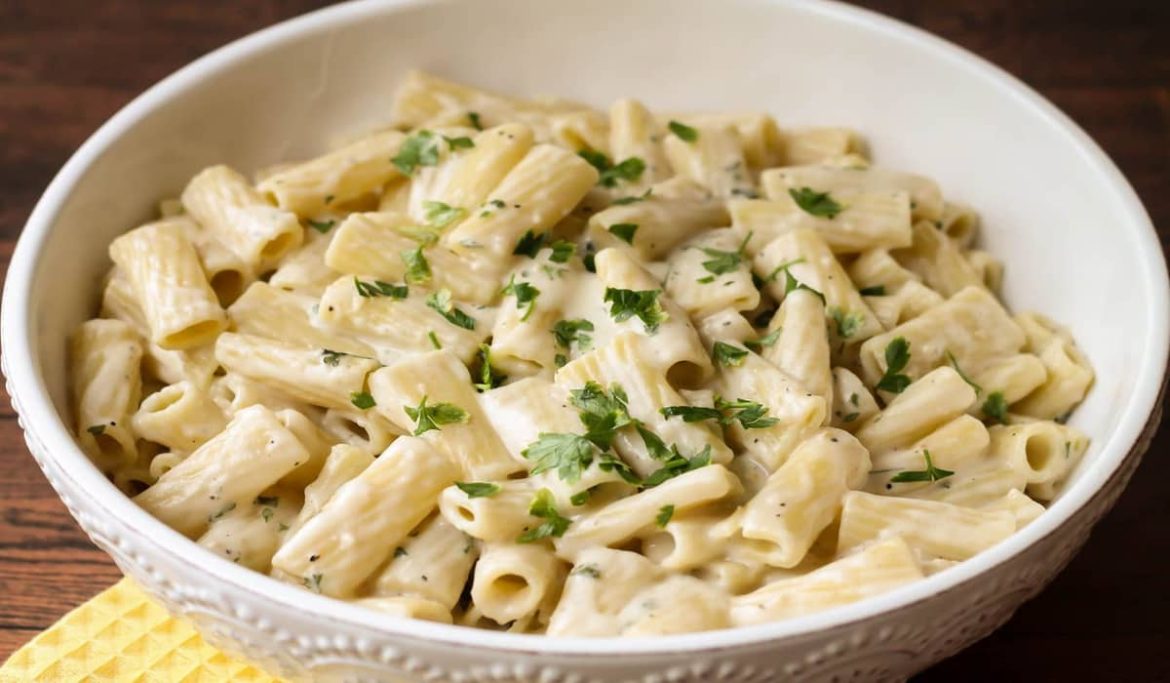

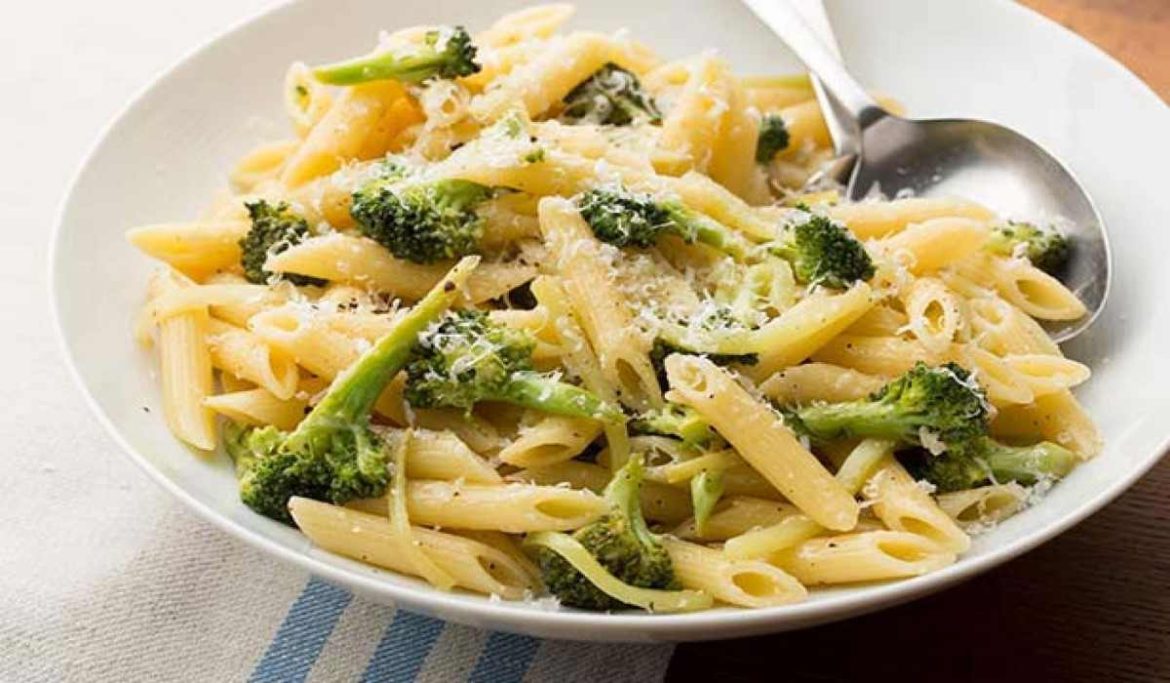
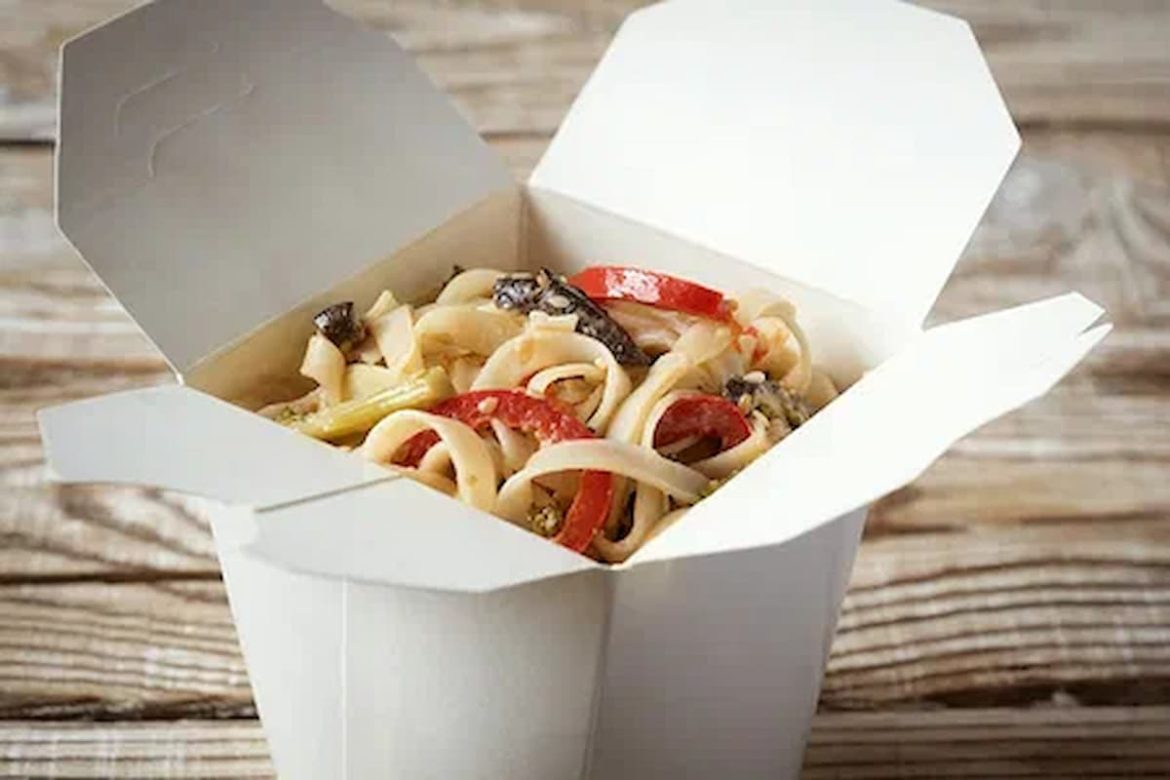
Your comment submitted.